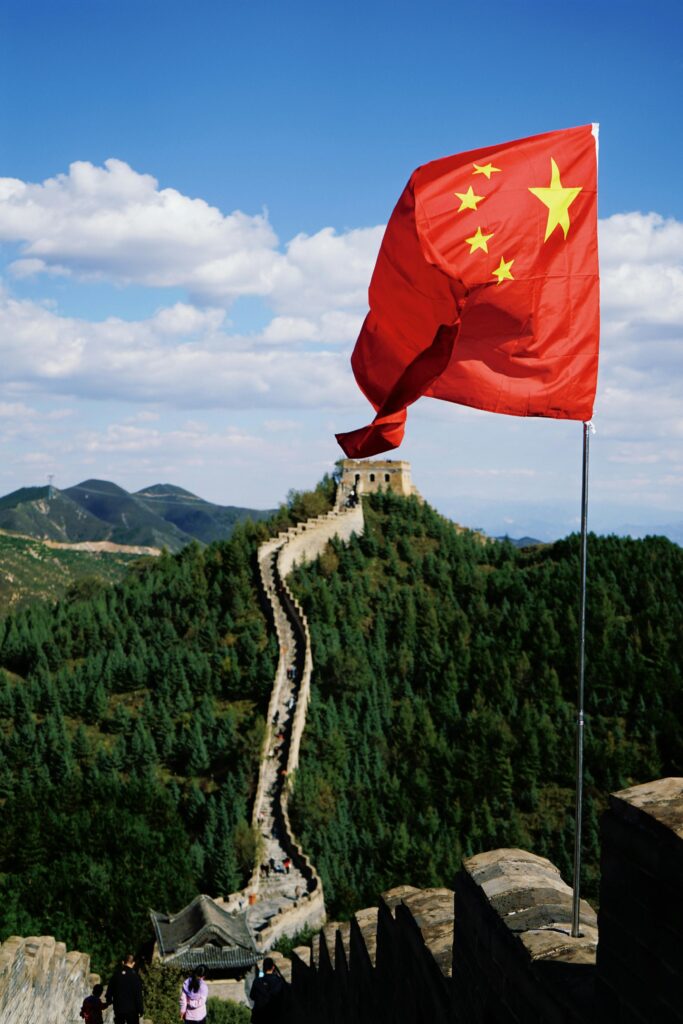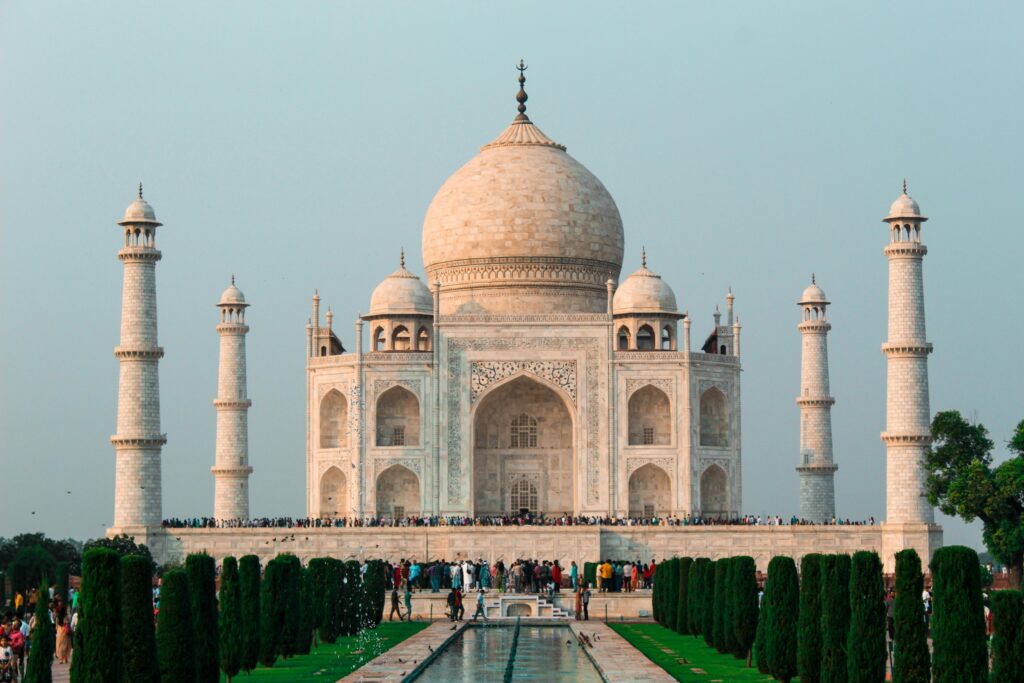The Great Wall of China, an iconic symbol of Chinese civilization and ingenuity, stretches over some 21,196 kilometers along the northern regions of China, which is approximately 13,171 miles. It is regarded as one of the Seven Wonders of the Medieval World and a UNESCO World Heritage Site. Here, we delve into its fascinating history, construction, and significance.
A Brief History
The Great Wall has its roots dating back more than 2,300 years, that is, between 475 and 221 BCE. The walls were individual states built to prevent attacks from other states and invading nomadic tribes. Such early walls were made up of mainly packed earth and wood. In this period, under the unification of Emperor Qin Shi Huang, 221 BCE, a large milestone in the construction of the Wall was brought. Qin ordered the joining of all regional walls into a single defensive system against the northern Xiongnu tribes. And so, it gave birth to what we call the Great Wall today. Still, most of the wall standing today was built during the Ming Dynasty, 1368–1644 CE, when the Wall was heavily restored and strengthened with bricks, stones, and other solid materials.
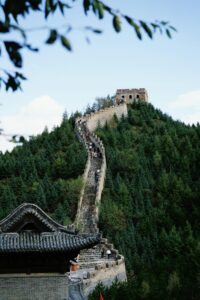
Building Types and Materials
The construction of the Great Wall was a laborious task that took centuries and engaged millions of workers, who were soldiers, prisoners, and peasants. In the plains, tamped earth was the main material, while in mountainous regions, stones and bricks were preferred because they are readily available and strong. The Wall is not just one but many, consisting of several walls, watchtowers, beacon towers, and fortresses—all working out an elaborate defense mechanism. Watchtowers acted like observation posts. At dusk or daylight, it utilized the beacon towers, the watchtowers with smoky signals, and then nocturnal fire signals by the time of darkness.
Key Facts About the Great Wall
The Great Wall stretches over 15 provinces and autonomous regions of China. Its total length, including all its branches, is estimated to be over 21,196 kilometers (13,171 miles).
Labor Force:
Over a million workers comprised this labor force, and most of them suffered this fate owing to extremely intolerable and unbearable working conditions.
Visibility from Space:
Many people believe the Great Wall is visible to the naked eye from space; it isn’t. In fact, it is a very impressive engineering feat that indeed is visible from high altitudes over Earth.
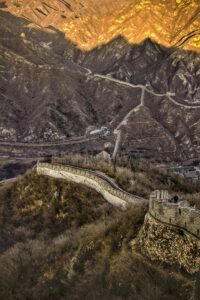
Defensive Features:
The Wall varies in average height from 6 to 7 meters (20 to 23 feet) and up to 14 meters (46 feet) in other areas. It is also 4 to 5 meters (13 to 16 feet) wide to allow soldiers and supplies to pass through with ease.
Tourism: It is now one of the major global tourist destinations; it attracts over millions each year. The main tourist attractions are primarily around Badaling and Mutianyu near Beijing. Great Wall, cultural and historical significance The Great Wall of China is not only a barrier but also represents culture and history. It defines unity among the Chinese people and proves how they can face even very severe tests in terms of time. This defense line was against invaders and marauders who have invaded and raided China for hundreds of years. Such people came from the northern regions from nomadic tribes. However, the significance of the Wall is not only in its military use. The Wall was a boundary to the ancient Silk Road and helped facilitate trade and cultural exchange. Its construction and maintenance reflect the administration organization and resource management in China. Challenges and Preservation Efforts
This gigantic monument still has a long way to go. Much natural factors, human interference, and lack of care have destroyed most sections of the Wall. As stated in the report, 30% of it is still intact. Good care is provided in this line by the Chinese government and other institutions. Among such activities are strict laws against vandalism, educational campaigns, and controlled tourism.
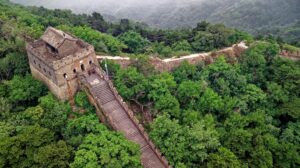
Conclusion
This has always been one of the biggest and most incredible achievements for the human race, a magnificent achievement by ancient China, showing off their ingenuity, their tenacity, and above all, their rich cultural heritage. It was made as a protector to keep enemies separate and away from each other, but today, this ancient marvel unites people around the world because people admire its magnificence. This architectural wonder has to be preserved since this inspires awe and wonder across generations.

